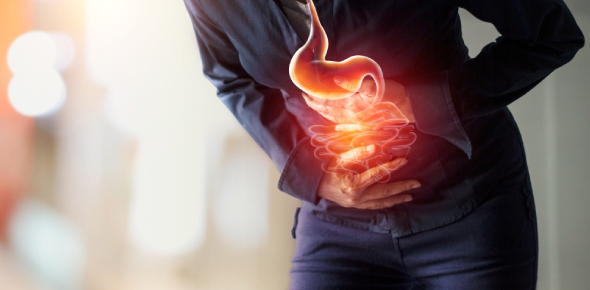Causes And Symptoms Of Spinal Stenosis Quiz!
- ICD-10-CM
- DSM-5
2.
You may optionally provide this to label your report, leaderboard, or certificate.
×
Thank you for your feedback!
















